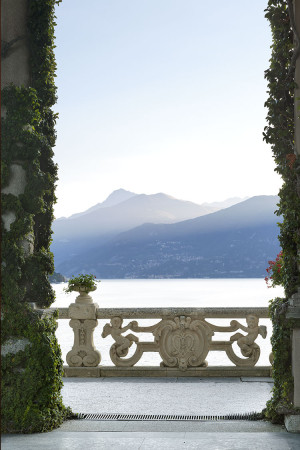Photography by Francesco Arena
Villa Balbianello has since 1974 been owned by Milanese entrepreneur Guido Monzino and is the home of his personal Expedition Museum. It is a place that projects the true nature and passion of the businessman, who, though having been managing director of Standa for several years, deep down felt himself to be first and foremost an explorer and adventurer. Over a period of around twenty years, Monzino directed and participated in twenty-one major expeditions all around the world. In the attic rooms above the Hall of the primary collections, he set up a repository of photographs, artefacts and flags, as well as the awards that over the years traced the history of his famous exploits.


His love of mountains began when he climbed the Matterhorn in the 1950s, which nurtured in him a desire to conquer distant lands that were almost impossible to reach. Spurred on simply by his spirit of adventure and the search for ever new challenges, between 1955 and 1973 Monzino set in motion an organisational machine for the realisation of the expeditions, which took him to Africa, the Alps and the Andes, Greenland and the Himalayas. Among the exceptional enterprises was a trek to the North Pole in 1971, with thirty Inuit guides, three hundred dogs and twenty-five sledges. Monzino had with him his two guides from the Val d’Aosta, Rinaldo Carrel and Mirko Minguzzo, who reached the summit of Everest just two years later. They decided not to use snowmobiles, which were already in use by the time, opting for only traditional means of transport made out of hickory wood with leather ties, as exemplified by Monzino's personal sledge that takes centre stage in the room.
The exhibits at the Expeditions Museum recount his travels to different continents, during which he collected many of the objects on display. The Maasai, Japanese, Berbers, Tibetans and Argentines are just some of the peoples represented in this space, while the Inuit stand out in terms of the breadth and the number of exhibits, with 300 items on display, some received as gifts and some purchased by the Milanese explorer. On his death, in 1988, the FAI, the Italian Heritage Association, took over its management, preserving Monzino’s concept, spirit and interior arrangements.


